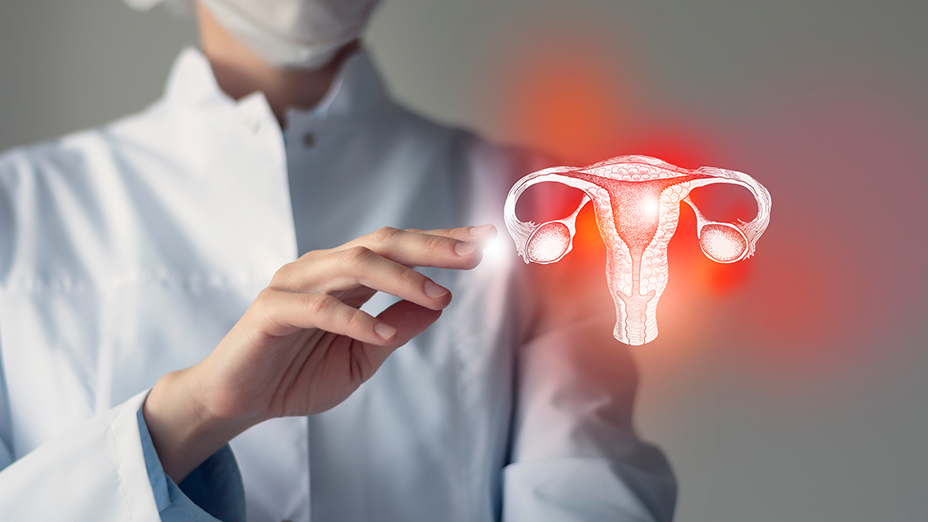Everything You Need to Know About Cervical Cancer
Intro
Cervical cancer was once one of the most common causes of cancer death for women, but with increased screening and vaccination, death rates have significantly decreased in many countries. However, it is still a significant health issue, and awareness remains essential. Here's everything you need to know about cervical cancer.
Article
Cervical cancer was once one of the most common causes of cancer death for women, but with increased screening and vaccination, death rates have significantly decreased in many countries. However, it is still a significant health issue, and awareness remains essential. Here's everything you need to know about cervical cancer.
What is Cervical Cancer?
Cervical cancer occurs when the cells of the cervix, the lower part of the uterus that connects to the vagina, grow abnormally and multiply rapidly. Over time, these abnormal cells can invade deeper into the cervix and to other tissues and organs.
What Causes Cervical Cancer?
The primary cause of cervical cancer is human papillomavirus (HPV), a sexually transmitted infection. There are many types of HPV, but HPV types 16 and 18 are responsible for about 70% of all cervical cancers.
Not all people with HPV will develop cervical cancer. In most cases, the body's immune system can eliminate the virus before it causes harm. However, in some cases, the virus persists and eventually causes some cells on the surface of the cervix to become cancer cells.
Symptoms of Cervical Cancer
In the early stages, cervical cancer typically does not cause symptoms. As the cancer progresses, symptoms may include:
Irregular bleeding between periods, after sex, or after menopause.
Pain during sexual intercourse.
Abnormal vaginal discharge.
Advanced stages can cause pelvic pain, kidney failure, or difficulty urinating or defecating.
Prevention and Screening
Prevention and early detection are key in managing cervical cancer. Here's how to take action:
HPV Vaccination: This can protect against the most common types of HPV that cause cervical cancer. It's usually given to girls and boys aged 11-12 but can be given as early as age 9 and as late as age 26.
Regular Pap tests: These tests can detect precancerous changes in the cervix, which can be treated before they turn into cancer. Typically, women should start getting them at age 21.
HPV tests: These tests can be done alone or with a Pap test and are recommended for women over 30.
Treatment
The treatment of cervical cancer depends on the stage of cancer, the size of the tumor, the patient's age, and whether the patient wants to have children in the future. Treatments include:
Radiation Therapy: High-energy rays are used to kill cancer cells. This can be done externally or internally (brachytherapy).
Chemotherapy: This uses drugs to kill cancer cells or to stop them from multiplying.
Even though great strides have been made in the prevention, detection, and treatment of cervical cancer, it remains a serious condition. Regular screenings and HPV vaccinations are the most effective way to prevent this disease. Talk to your healthcare provider about your risks and what you can do to protect yourself.







